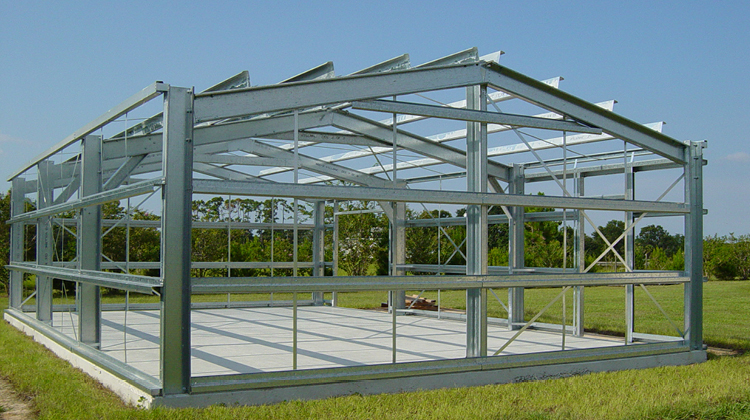Embracing Eco-Friendly Construction with Metal Buildings in the New Year
As the New Year unfolds, it brings a renewed focus on sustainability, particularly in the construction sector. Metal buildings, known for their durability and versatility, are now being recognized for their sustainable attributes. This shift aligns with a growing commitment to green building practices, which is crucial in today’s environmentally conscious world. Let’s explore the benefits of sustainable metal buildings and how they can be a part of your eco-friendly New Year’s resolution.
The Eco-Friendly Attributes of Metal Buildings
Energy Efficiency
Metal buildings are highly energy-efficient. With proper insulation, they provide excellent thermal regulation, reducing the need for excessive heating and cooling. This not only lowers energy consumption but also minimizes carbon emissions.
Durability and Longevity
Metal structures are known for their strength and longevity. They withstand harsh weather conditions and are less susceptible to decay and pests compared to traditional materials, reducing the need for frequent replacements or repairs.
Recyclability
One of the most significant sustainable features of metal buildings is their recyclability. Most metal components can be recycled without loss of quality, ensuring that the materials can be reused at the end of their lifecycle, thereby reducing waste.
Reduced Construction Waste
The prefabrication process of metal buildings in controlled environments leads to less waste production compared to traditional construction methods. Additionally, the materials can be precisely cut to size, further minimizing waste.
Integrating Green Building Practices
Renewable Energy Integration
Metal buildings can be easily integrated with renewable energy sources like solar panels. The roof and walls of metal buildings are ideal for solar panel installation, promoting the use of clean energy.
Rainwater Harvesting Systems
The design of metal buildings allows for easy implementation of rainwater harvesting systems, which can be used for landscaping and other non-potable water needs.
Sustainable Landscaping
Surrounding metal buildings with sustainable landscaping that requires less water and maintenance further enhances their eco-friendliness.
The Future of Metal Buildings in Sustainable Construction
With advancements in technology and design, metal buildings are increasingly being adopted for various purposes, from residential to commercial and industrial uses. The flexibility in design means they can be tailored to meet specific sustainability goals, making them an excellent choice for eco-conscious construction in the New Year and beyond.
FAQs: Sustainable Metal Buildings
Q: Are metal buildings more energy-efficient than traditional buildings?
A: Yes, with proper insulation, metal buildings can be more energy-efficient due to their excellent thermal regulation properties.
Q: Can metal buildings support heavy loads like solar panels?
A: Absolutely. Metal buildings can be engineered to support additional loads, making them suitable for solar panel installations.
Q: Is the production of metal buildings environmentally friendly?
A: The production process of metal buildings is increasingly adopting eco-friendly practices, including the use of recycled materials and reducing waste during fabrication.
Q: How do metal buildings contribute to sustainability in the long term?
A: Their durability, recyclability, and energy efficiency make metal buildings a sustainable choice over the long term, reducing the overall environmental impact.
As we step into the New Year, embracing sustainable metal building solutions reflects a commitment to eco-friendly construction practices. Their energy efficiency, durability, and recyclability make them an ideal choice for those looking to reduce their environmental footprint. Whether for commercial, industrial, or residential purposes, metal buildings offer a versatile, sustainable, and future-forward building solution.


